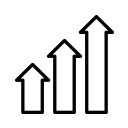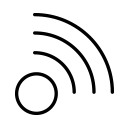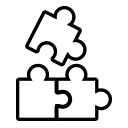Overview
What is red clover?
What are red clover’s main benefits?
What are red clover’s main drawbacks?
How does red clover work?
Dosage Information
Red clover is usually dosed based on total isoflavone content, with 40–80 mg of isoflavones orally daily being the most commonly used dosing. Some research suggests that dosages of 80 mg daily may be more effective,[1][2] but further research is needed to validate this. Red clover can also be applied directly to the skin, but few studies have utilized this route.
Due to the nature of herbal medicines, different growing environments and extraction methods will lead to variations in both the concentration and relative abundances of the different isoflavones in red clover which can impact the effects it has on the body.[3][4][5] Therefore, the effects produced from a particular red clover formulation may not be seen with a different formulation. Accordingly, if a study fails to specify the isoflavone composition of the formulation used, it can be challenging to replicate its findings.
Some commercially made red clover extracts are available that contain standardized amounts of red clover isoflavones. The most-studied product is Promensil, which is considered equivalent to another standardized extract, Menoflavon. Both contain roughly 50% biochanin A, 35% formononetin, 3% genistein, and 1% daidzein.[6]
Frequently Asked Questions
What are the known traditional, historical, and cultural uses of red clover?
Is it safe for men to take red clover?
Does red clover increase the risk of breast cancer?
What are other names for Red Clover Extract?
Update History
Standard FAQ and database update








